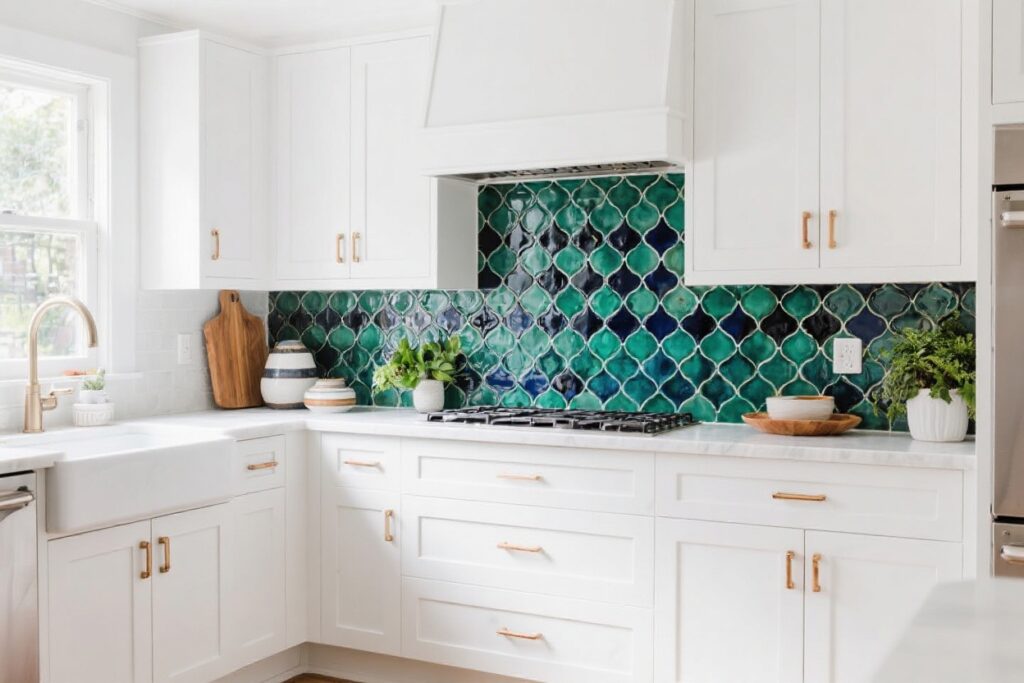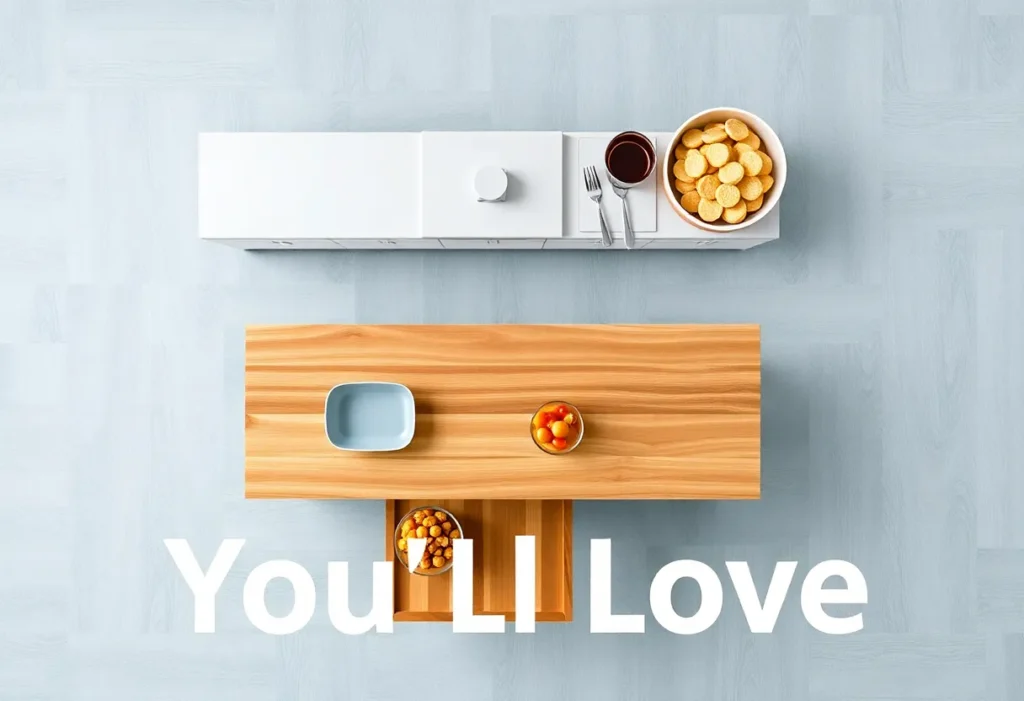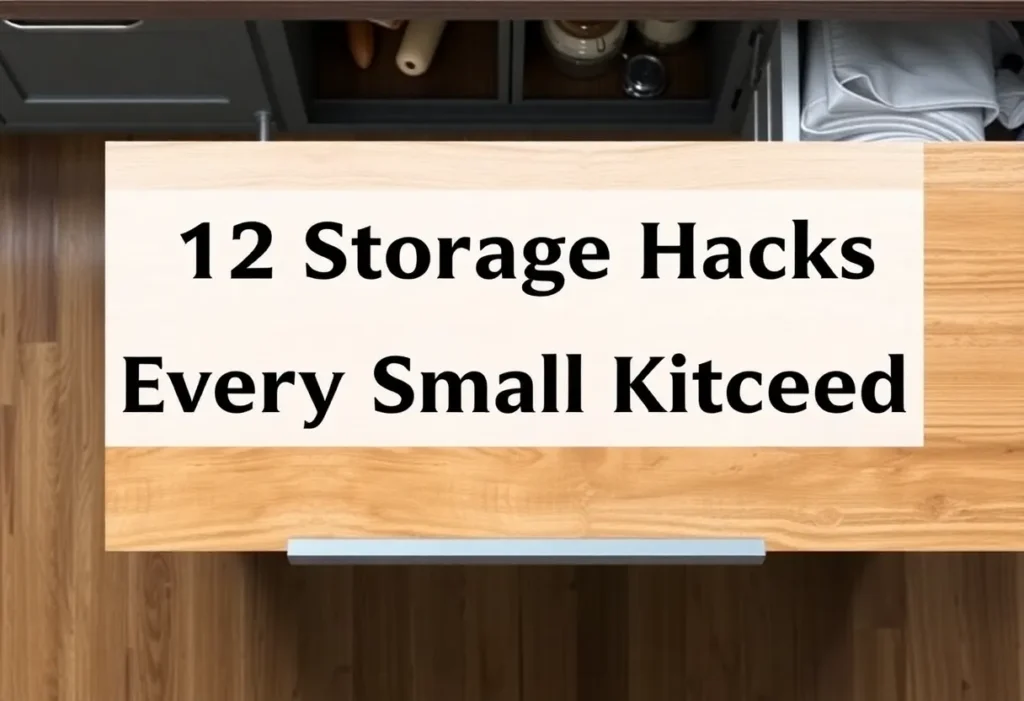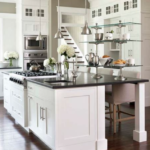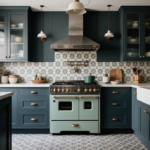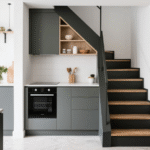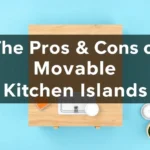Now Reading: Your Kitchen Island Is Either a Hero or a Zero—Here’s How to Nail It
-
01
Your Kitchen Island Is Either a Hero or a Zero—Here’s How to Nail It
Your Kitchen Island Is Either a Hero or a Zero—Here’s How to Nail It

Picture this: You finally get that dream kitchen island, only to realize it’s either a glorified doorstop or a space-hogging monstrosity. Oops. A kitchen island should balance function and flow, not make you question your life choices.
So, how do you pick the right size? It’s not rocket science, but getting it wrong will haunt your kitchen forever. Let’s fix that.
Why This Recipe Works
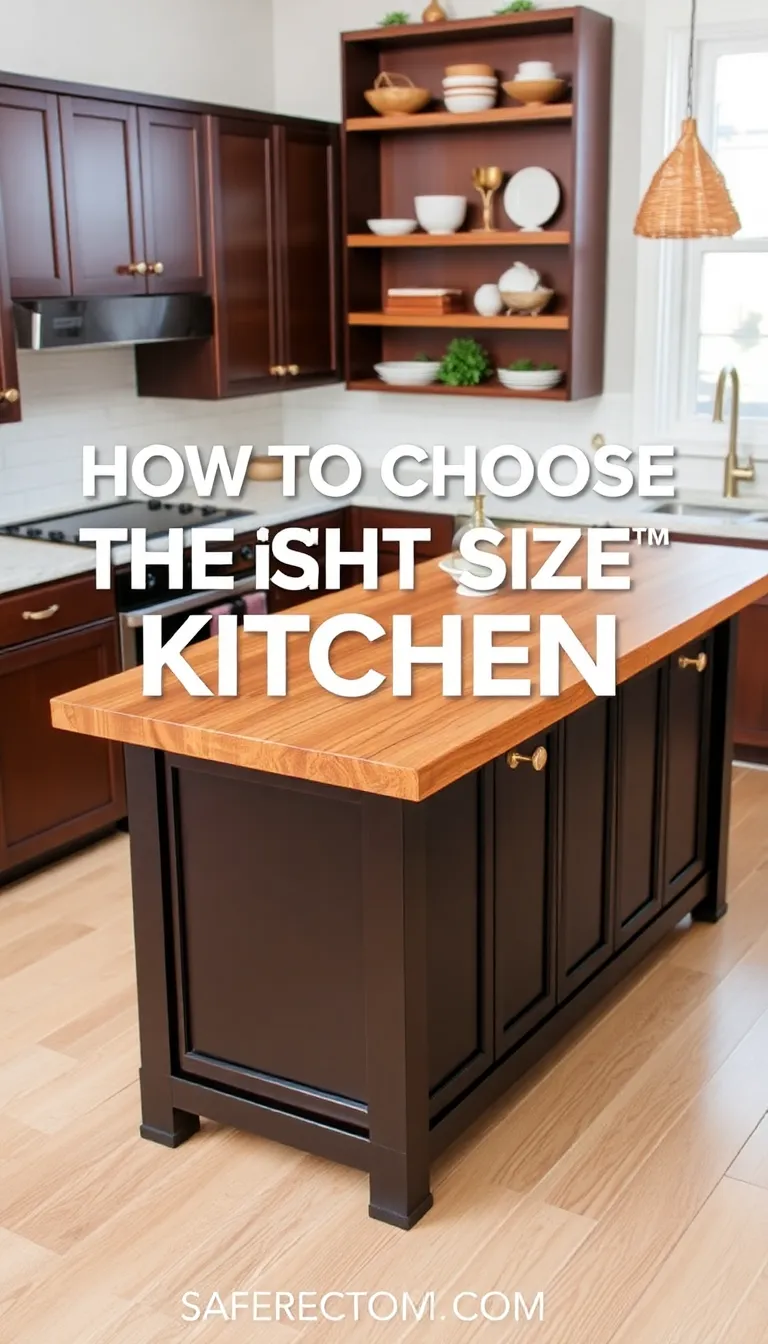
A perfectly sized kitchen island is like the Goldilocks of design—not too big, not too small, just right.
It maximizes workspace, storage, and seating without turning your kitchen into an obstacle course. Nail the dimensions, and you’ll wonder how you ever lived without it. Screw it up, and you’ll be side-stepping it like a bad dance partner.
The Ingredients for a Perfect Kitchen Island
- Your kitchen’s total square footage (because math matters)
- Clearance space (aim for 36–48 inches around the island)
- Island width (24–48 inches, depending on use)
- Island length (3–7 feet, unless you’re hosting a banquet)
- Seating allowance (24–30 inches per person, unless elbows are optional)
Step-by-Step: How to Choose the Right Size
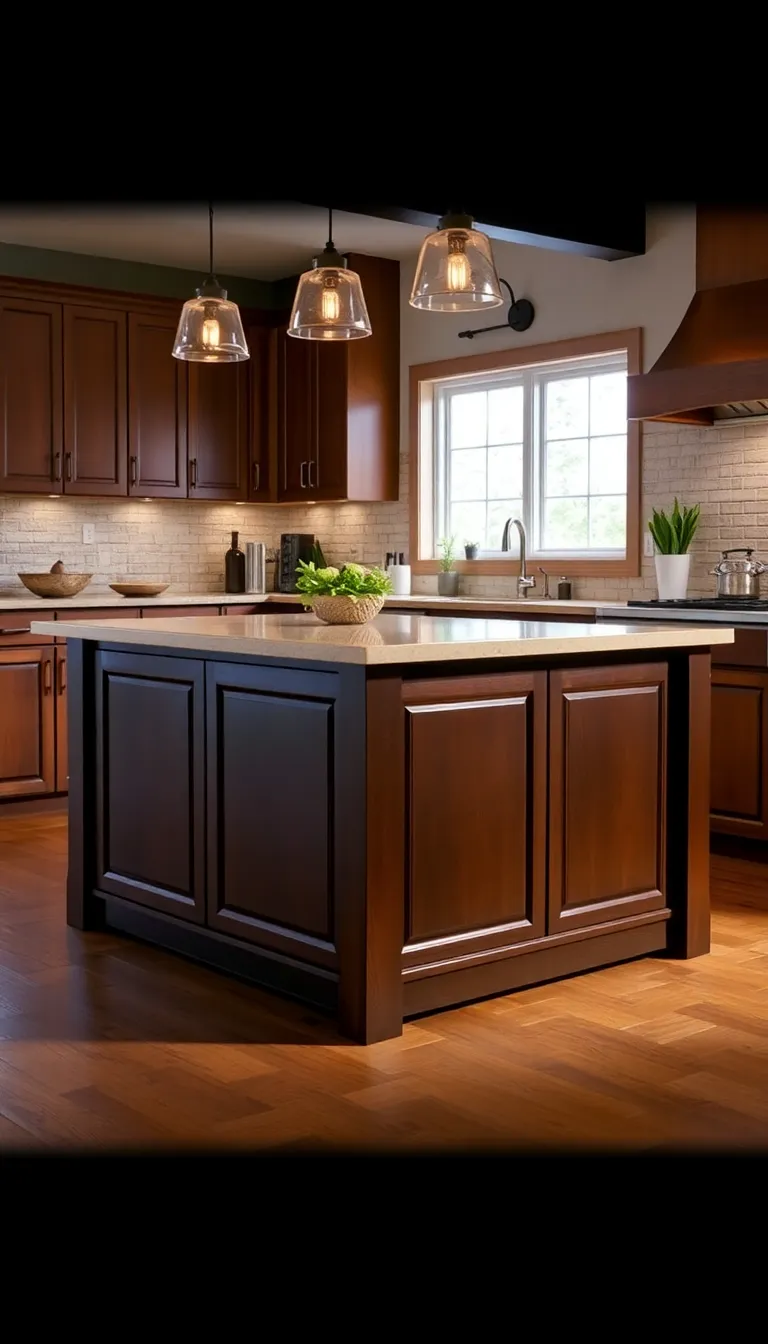
- Measure your kitchen. Grab a tape measure and note the length, width, and any obstructions (like doors or appliances).
- Calculate clearance. Leave 36–48 inches around the island for traffic flow.
Any less, and you’re building a frustration station.
- Decide on function. Cooking? Add 42+ inches. Dining?
Budget 24–30 inches per seat. Just for looks? Congrats, you’re overthinking it.
- Pick your dimensions. Standard islands are 3–7 feet long and 2–4 feet wide.
Don’t eyeball it—write it down.
- Mock it up. Use painter’s tape or cardboard to visualize the island in your space. Walk around it. Pretend to cook.
No tripping allowed.
Storage Tips (Because Clutter Is the Enemy)
If your island includes storage, plan for cabinets or shelves that match your needs. Deep drawers for pots? Open shelving for display?
Just don’t forget to account for those in your measurements. Pro tip: Roll-out trash bins are game-changers—unless you enjoy playing Tetris with your garbage.
Why Bother? The Benefits of a Perfectly Sized Island
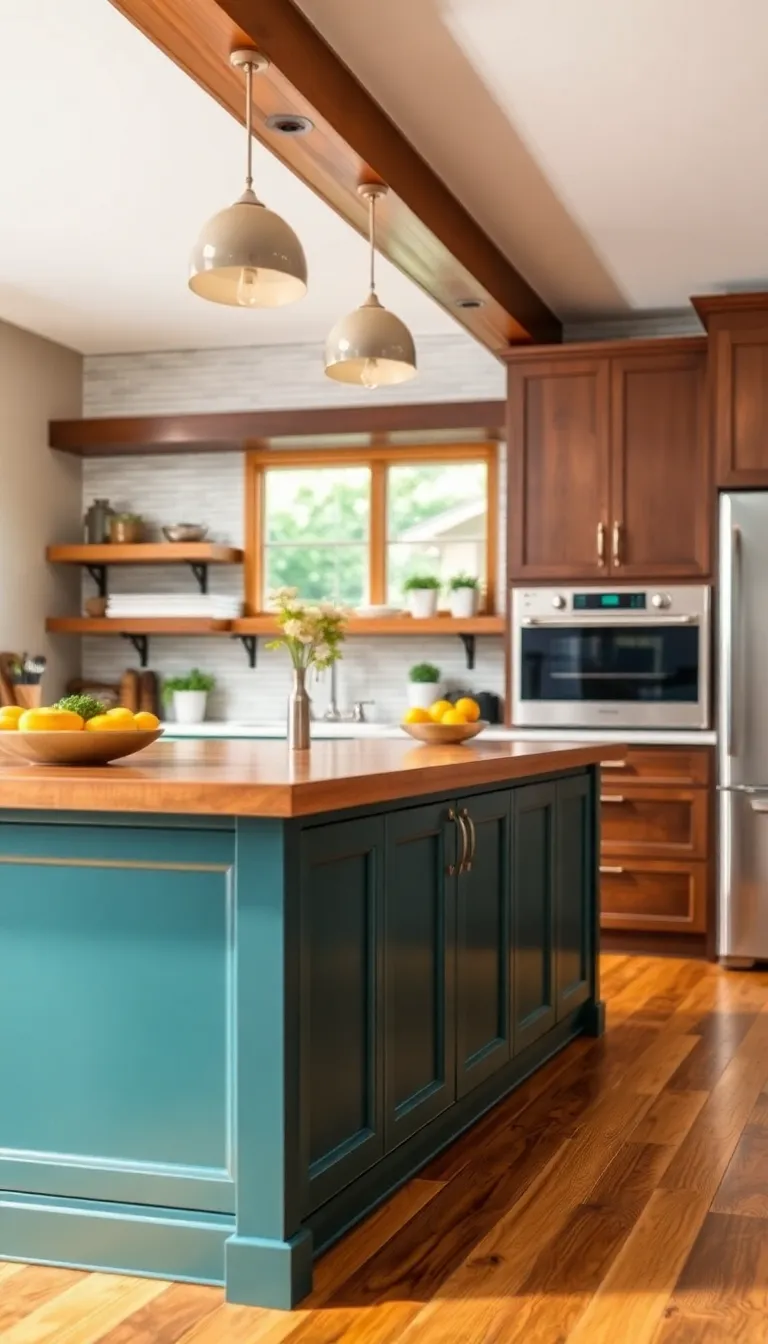
- More workspace: Chop, prep, and pile dishes without guilt.
- Extra storage: Hide small appliances you never use but can’t part with.
- Social hub: Seat guests without crowding the cook (unless you hate them).
- Added value: A well-proportioned island boosts resale appeal.
Cha-ching.
Common Mistakes That’ll Ruin Your Island (and Your Life)
- Ignoring clearance: Nobody wants to crab-walk around their kitchen.
- Overestimating seating: Three people can’t comfortably squeeze into a 2-foot space. Physics wins.
- Forgetting appliances: If your island has a cooktop or sink, factor in ventilation and plumbing early.
- Copying Pinterest: Your kitchen isn’t a mansion. Scale accordingly.
Alternatives When an Island Won’t Work
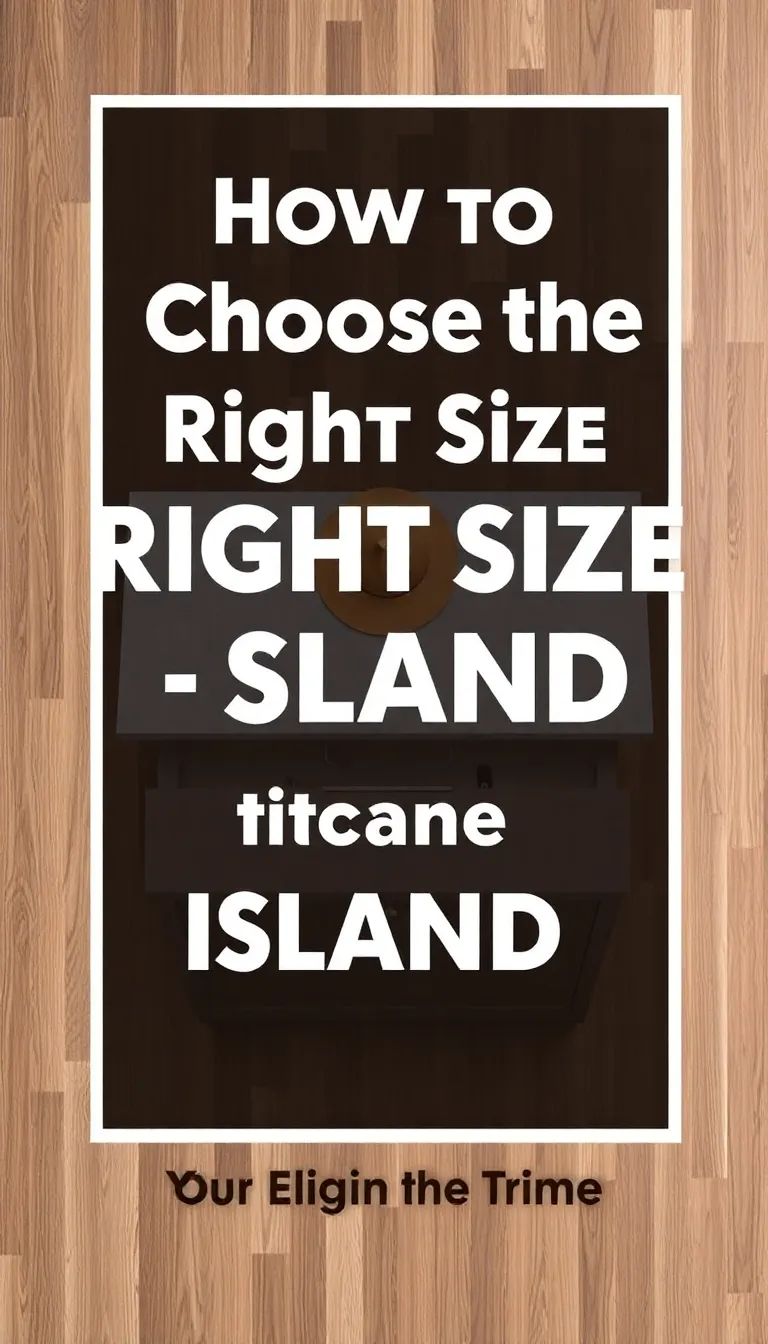
If your kitchen is smaller than a studio apartment, consider a portable cart, peninsula, or drop-leaf table.
They offer similar perks without the permanence. IMO, a cart with wheels is the MVP of tiny kitchens—flexible and forgiving.
FAQ: Your Burning Questions, Answered
How much space do I need around a kitchen island?
Aim for 36–48 inches of clearance on all sides. Less than 36 inches, and you’ll regret every life decision while wrestling with the dishwasher.
Can I put an island in a small kitchen?
Yes, but keep it slim (24–30 inches wide) or opt for a movable cart.
If your kitchen is under 10×10 feet, maybe just admire islands from afar.
What’s the ideal height for a kitchen island?
Standard counter height is 36 inches. For bar seating, go for 42 inches. Anything else is just a cry for attention.
Should my island match my countertops?
Not necessarily, but it should complement them.
Mismatched is fine; chaotic is not. FYI, butcher block is a crowd-pleaser.
Final Thoughts
Choosing the right kitchen island size isn’t about luck—it’s about measurements, logic, and a little common sense. Nail the dimensions, and you’ll love it forever.
Wing it, and you’ll curse it daily. Your call.











